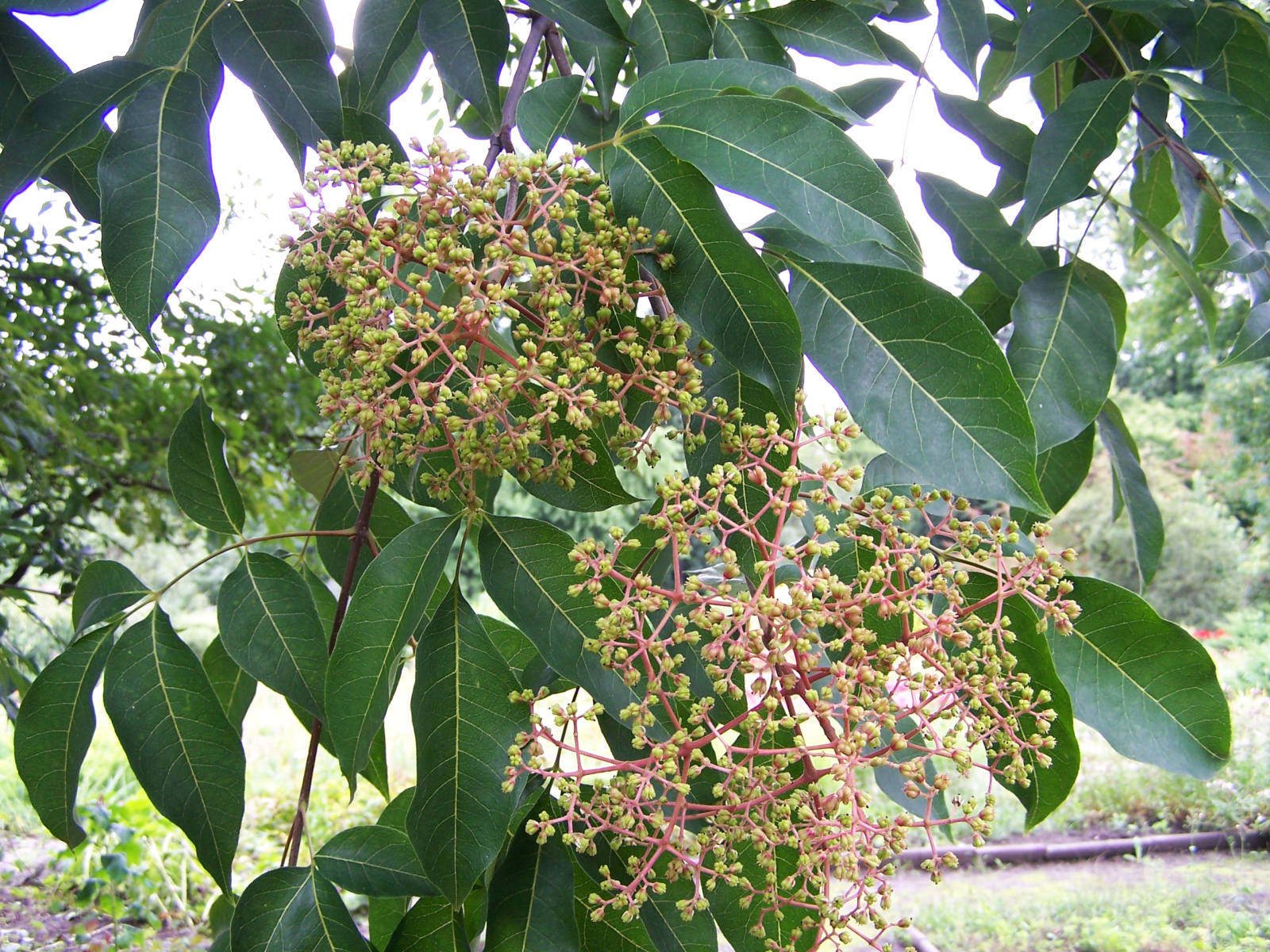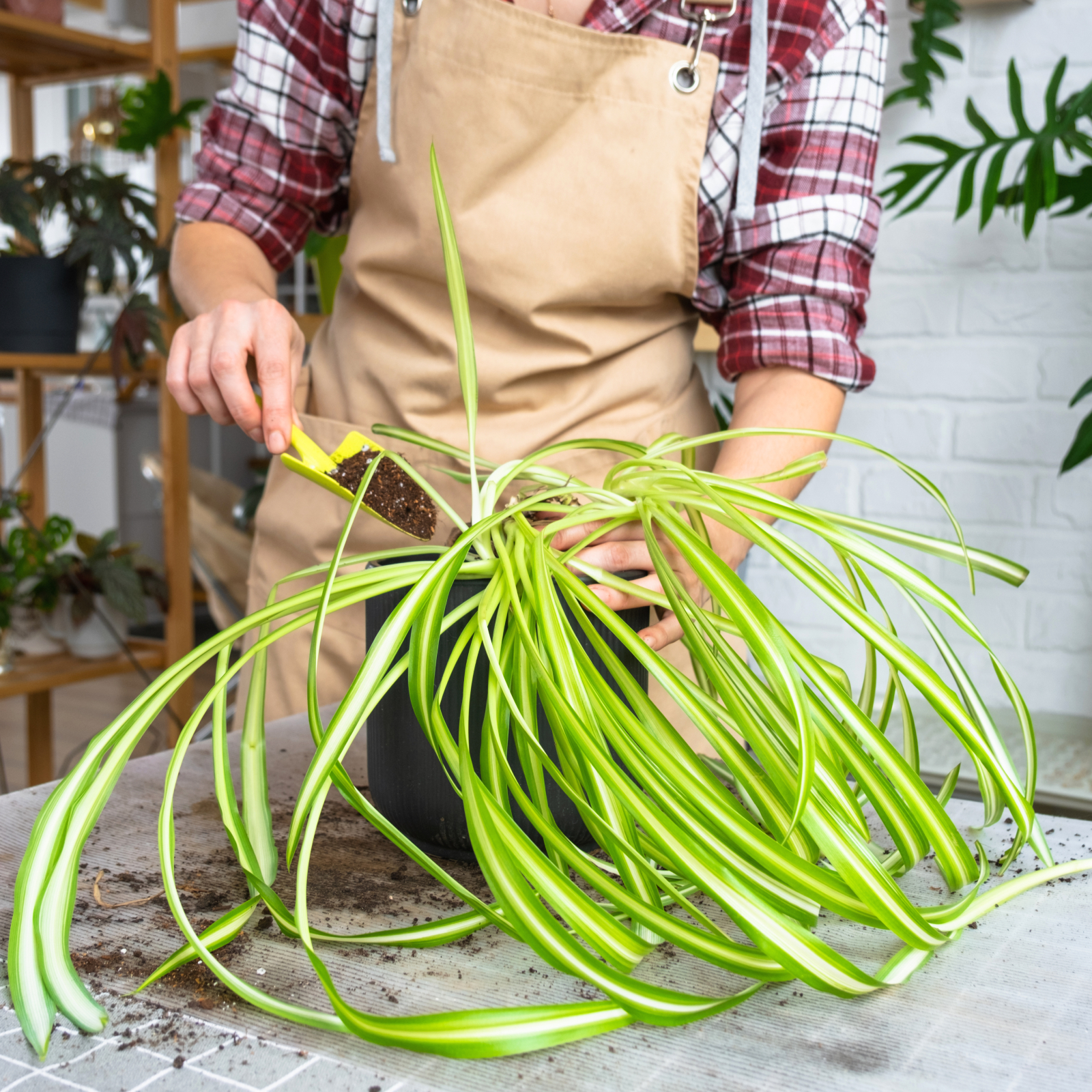Bee Bee Tree Plant Info: Tips On Growing Bee Bee Trees


If you tell your friends or neighbors that you are growing bee bee trees, you may get lots of questions. What is a bee bee tree? Do bees like bee bee tree flowers? Is bee bee tree invasive? Read on for answers to all these questions plus tips for growing bee bee trees.
What is a Bee Bee Tree?
The bee bee tree, also known as Korean evodia (Evodia daniellii syn. Tetradium daniellii), is not a well-known ornamental, but it should be. The tree is small, generally not much taller than 25 feet (8 m.), and its dark green leaves provide light shade beneath. The bark is smooth, like beech tree bark. The species is dioecious, so there are male trees and female trees. In late spring or early summer, female bee bee trees grow a gorgeous display of fragrant, flat-topped flower clusters that last a long time. Bees love the flowers and beekeepers love the bee bee tree plant’s long blooming season. On the female bee bee tree plants, the flowers ultimately give way to fruits in the form of capsules. Inside are purple, fleshy seeds.
Bee Bee Tree Care
If you are planning on growing bee bee trees, you’ll be glad to know that bee bee tree care is not difficult if you select an appropriate location. The tree thrives in moist, fertile soil that drains well and does best in full sun. Like most trees, bee bee tree plants require regular irrigation for the first year after planting. This is an especially important aspect of bee bee tree care when the weather is dry. After establishment, the mature trees can tolerate some seasonal dryness. You’ll find that bee bee trees do not suffer from many diseases, nor are they attacked by insect pests. In fact, even deer tend to not browse on bee bee tree plants.
Is Bee Bee Tree Invasive?
The bee bee tree fruit produces many seeds. These seeds can propagate the species far and wide when spread by hungry birds, even naturalizing in the wild. Scientists do not know very much about this tree’s impact on the environment. Given its invasive possibilities in some circumstances, it is called a “watch list species.”
Gardening tips, videos, info and more delivered right to your inbox!
Sign up for the Gardening Know How newsletter today and receive a free copy of our e-book "How to Grow Delicious Tomatoes".

Teo Spengler is a master gardener and a docent at the San Francisco Botanical Garden, where she hosts public tours. She has studied horticulture and written about nature, trees, plants, and gardening for more than two decades. Her extended family includes some 30 houseplants and hundreds of outdoor plants, including 250 trees, which are her main passion. Spengler currently splits her life between San Francisco and the French Basque Country, though she was raised in Alaska, giving her experience of gardening in a range of climates.
-
 4 Superfast Composting Methods: Turn Waste Into Garden Gold In 30 Days Or Less
4 Superfast Composting Methods: Turn Waste Into Garden Gold In 30 Days Or LessTry the fastest composting methods to turbocharge your pile and transform kitchen scraps and garden waste into finished compost in just a few weeks.
By Mary Ellen Ellis
-
 Best Spider Plant Soil – Complete Soil Guide And Expert Tips For Keeping Plants Happy
Best Spider Plant Soil – Complete Soil Guide And Expert Tips For Keeping Plants HappySpider plants are fun and easy plants to grow, but what is the best soil for a spider plant? Selecting the right soil is important so they can thrive.
By Bonnie L. Grant